Your bathroom sink faucet is an essential part of your daily routine, providing you with access to water for washing your hands, brushing your teeth, and more. So when it suddenly stops working, it can be a major inconvenience. Not to mention, a broken faucet can also lead to wasted water and an increase in your water bill. In this article, we'll explore the top 10 causes of a bathroom sink faucet not working and provide solutions to help you fix the problem.Bathroom sink faucet not working
One common issue with bathroom sink faucets is that they won't turn off completely, resulting in a constant drip or stream of water. This not only wastes water but can also be annoying to listen to. The most likely cause of this problem is a worn-out or damaged valve or cartridge. It's important to address this issue promptly to prevent further damage to your faucet. To fix a bathroom sink faucet that won't turn off, you can try replacing the valve or cartridge. First, turn off the water supply to your faucet. Then, remove the handle and unscrew the valve or cartridge. Take it to your local hardware store to find a replacement that matches. Install the new valve or cartridge and reassemble the faucet. This should solve the problem and stop the constant flow of water.How to fix a bathroom sink faucet that won't turn off
If your bathroom sink faucet isn't working at all, there could be a few different causes. The first step is to check the water supply. Make sure the water valves under the sink are turned on and the water supply hasn't been shut off for any reason. If the water supply is not the issue, it's time to troubleshoot the faucet itself. Some common causes of a bathroom sink faucet not working include a clogged aerator, a malfunctioning cartridge or valve, or a worn-out washer or seal. You can try cleaning the aerator or replacing the cartridge, valve, or washer to see if that solves the problem. If not, it may be time to call a professional plumber.Troubleshooting a bathroom sink faucet
As mentioned, there can be several causes for a bathroom sink faucet not working. Some of the most common include a worn-out or damaged valve or cartridge, a clogged aerator, a leaky or damaged pipe, or a malfunctioning handle or spout. It's important to identify the cause of the problem to determine the best solution. Another common cause of a bathroom sink faucet not working is sediment buildup. Over time, minerals and debris can accumulate in your pipes and faucet, causing blockages and reducing water flow. To prevent this, it's important to regularly clean your faucet and pipes and use a water softener if needed.Common causes of a bathroom sink faucet not working
If your bathroom sink faucet is beyond repair, you may need to replace it. This may seem like a daunting task, but with the right tools and instructions, it can be a DIY project. Before you begin, make sure you have a new faucet that fits your sink and a basin wrench to remove the old one. Start by turning off the water supply and removing the old faucet. Then, clean the area thoroughly and install the new faucet according to the manufacturer's instructions. Once the new faucet is in place, turn the water supply back on and test the faucet to make sure it's working properly.How to replace a bathroom sink faucet
If you're experiencing issues with your bathroom sink faucet, there are a few DIY solutions you can try before calling a plumber. As mentioned, cleaning the aerator, cartridge, or valve can often solve the problem. You can also try tightening any loose connections or replacing worn-out parts like washers or seals. Another DIY solution is to use a vinegar and water solution to remove any mineral buildup in your faucet. Simply mix equal parts vinegar and water and soak a cloth in the solution. Then, wrap the cloth around the faucet and let it sit for a few hours. This should help dissolve any buildup and improve water flow.DIY solutions for a bathroom sink faucet not working
To prevent future issues with your bathroom sink faucet, it's important to clean and maintain it regularly. This includes cleaning the aerator and removing any mineral buildup, as well as checking for leaks or loose connections. It's also a good idea to have your pipes and faucet professionally inspected and cleaned every few years. In addition to regular cleaning, there are a few simple maintenance tips you can follow to keep your bathroom sink faucet working smoothly. This includes avoiding using harsh chemicals or abrasive materials when cleaning, not using excessive force when turning the handle or spout, and turning off the water supply when not in use for extended periods.How to clean and maintain a bathroom sink faucet
If you're not confident in your DIY skills or the problem with your bathroom sink faucet seems too complex, it's always best to call a professional plumber. They have the knowledge and experience to quickly identify and fix the issue, saving you time and potentially costly mistakes. When hiring a plumber to fix your bathroom sink faucet, make sure to do your research and choose a reputable and experienced professional. You can also ask them for tips on how to prevent similar issues in the future or how to properly maintain your faucet for optimal performance.Professional plumber tips for fixing a bathroom sink faucet
A leaky bathroom sink faucet is not only annoying but can also lead to wasted water and increased water bills. The first step in fixing a leaky faucet is to identify the source of the leak. This could be a worn-out washer, a damaged valve or cartridge, or a loose connection. To fix a leaky bathroom sink faucet, you can try replacing the washer, valve, or cartridge, tightening any loose connections, or using a lubricant on any stiff parts. If these solutions don't work, it may be time to call a professional plumber to identify and fix the issue.How to identify and fix a leaky bathroom sink faucet
If you're constantly dealing with issues with your bathroom sink faucet, it may be time for an upgrade. Today, there are many modern and innovative faucets available that not only look stylish but also offer improved performance and water-saving features. When choosing a new bathroom sink faucet, consider factors such as the style and finish, the water flow rate, and any additional features like touchless or temperature control. You can also consult with a professional plumber for recommendations on the best faucet for your specific needs and budget. In conclusion, a bathroom sink faucet not working can be a frustrating and inconvenient problem. By understanding the common causes and solutions, you can quickly address the issue and get your faucet back in working order. Regular cleaning and maintenance can also help prevent future problems and extend the lifespan of your faucet. And if all else fails, don't hesitate to call a professional plumber for assistance. With the right steps, you can keep your bathroom sink faucet functioning properly for years to come.Upgrading your bathroom sink faucet for better performance
Additional Solutions for a Non-Working Bathroom Sink Faucet

Check the Aerator
 If your bathroom sink faucet is not working, one of the first things you should check is the aerator. The aerator is a small piece located at the end of the faucet where the water comes out. Over time, it can become clogged with mineral deposits and debris, causing low water pressure or no water at all. To clean the aerator, unscrew it from the faucet and rinse it with warm water. If it is severely clogged, you may need to soak it in vinegar for a few hours before rinsing and reattaching it.
If your bathroom sink faucet is not working, one of the first things you should check is the aerator. The aerator is a small piece located at the end of the faucet where the water comes out. Over time, it can become clogged with mineral deposits and debris, causing low water pressure or no water at all. To clean the aerator, unscrew it from the faucet and rinse it with warm water. If it is severely clogged, you may need to soak it in vinegar for a few hours before rinsing and reattaching it.
Inspect the Supply Lines
Call a Professional
 If the above solutions do not fix the issue, it may be time to call a professional plumber. They have the knowledge and experience to diagnose and fix any complex problems with your bathroom sink faucet. They can also provide recommendations for new faucets or other upgrades to improve the functionality and design of your bathroom. Remember, it is always better to seek professional help rather than attempting to fix the problem yourself and potentially causing more damage.
If the above solutions do not fix the issue, it may be time to call a professional plumber. They have the knowledge and experience to diagnose and fix any complex problems with your bathroom sink faucet. They can also provide recommendations for new faucets or other upgrades to improve the functionality and design of your bathroom. Remember, it is always better to seek professional help rather than attempting to fix the problem yourself and potentially causing more damage.
Upgrade Your Faucet
 If your bathroom sink faucet is old and worn out, it may be time for an upgrade. Newer faucets come with advanced features such as touchless operation, water-saving technology, and sleek designs that can enhance the overall look of your bathroom. Look for
high-quality
faucets made from durable materials like brass or stainless steel for long-lasting performance. You can also consider hiring a professional to install the new faucet for you to ensure it is properly connected and functioning correctly.
In conclusion, a non-working bathroom sink faucet can be a frustrating problem to deal with, but it is not impossible to fix. By following the above solutions, you can easily troubleshoot and resolve the issue. Remember to always prioritize safety and seek professional help if needed. With a functional and stylish bathroom sink faucet, you can elevate the design of your bathroom and make your daily routine more convenient and enjoyable.
If your bathroom sink faucet is old and worn out, it may be time for an upgrade. Newer faucets come with advanced features such as touchless operation, water-saving technology, and sleek designs that can enhance the overall look of your bathroom. Look for
high-quality
faucets made from durable materials like brass or stainless steel for long-lasting performance. You can also consider hiring a professional to install the new faucet for you to ensure it is properly connected and functioning correctly.
In conclusion, a non-working bathroom sink faucet can be a frustrating problem to deal with, but it is not impossible to fix. By following the above solutions, you can easily troubleshoot and resolve the issue. Remember to always prioritize safety and seek professional help if needed. With a functional and stylish bathroom sink faucet, you can elevate the design of your bathroom and make your daily routine more convenient and enjoyable.





























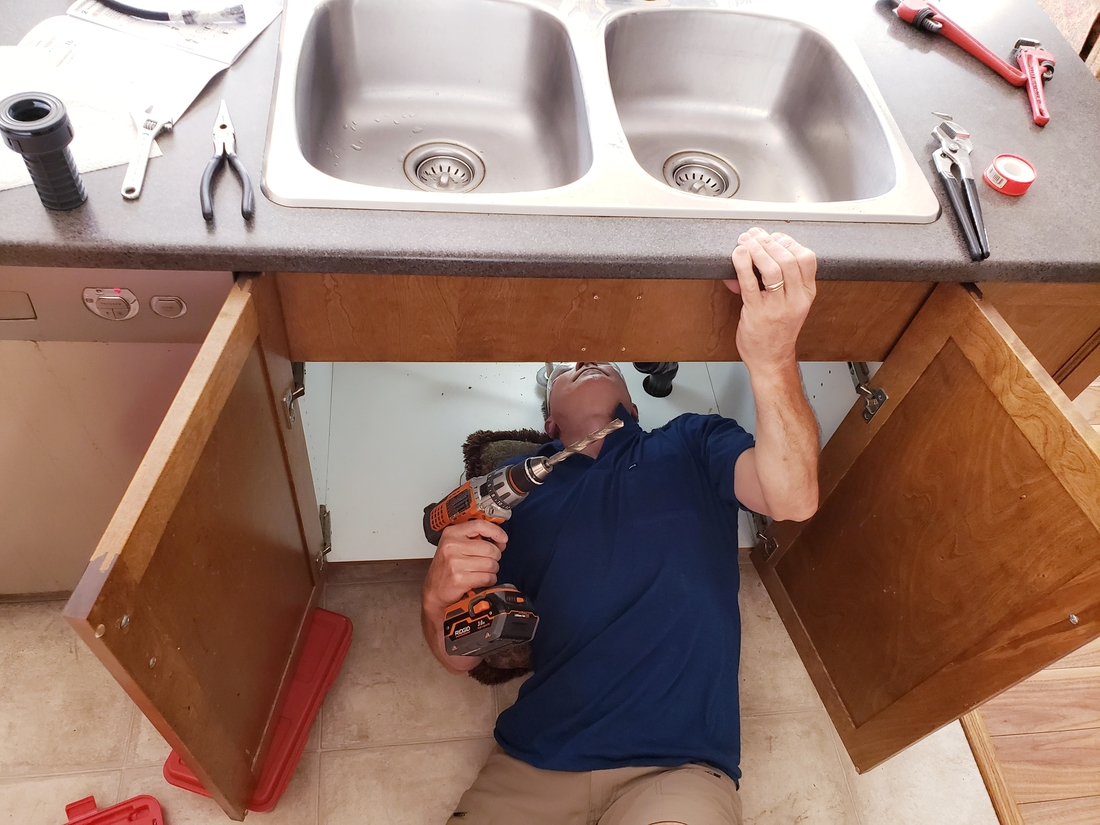















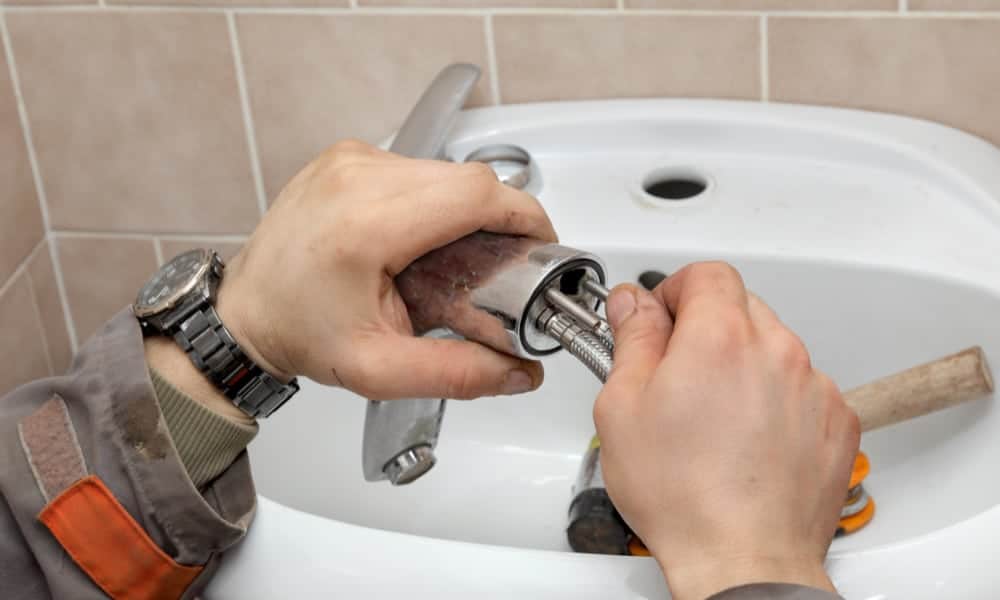
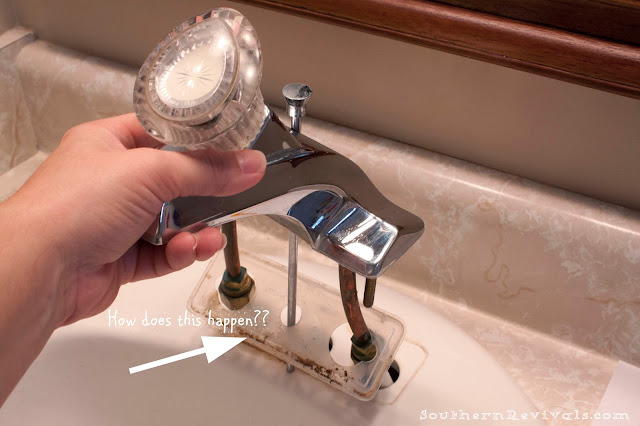
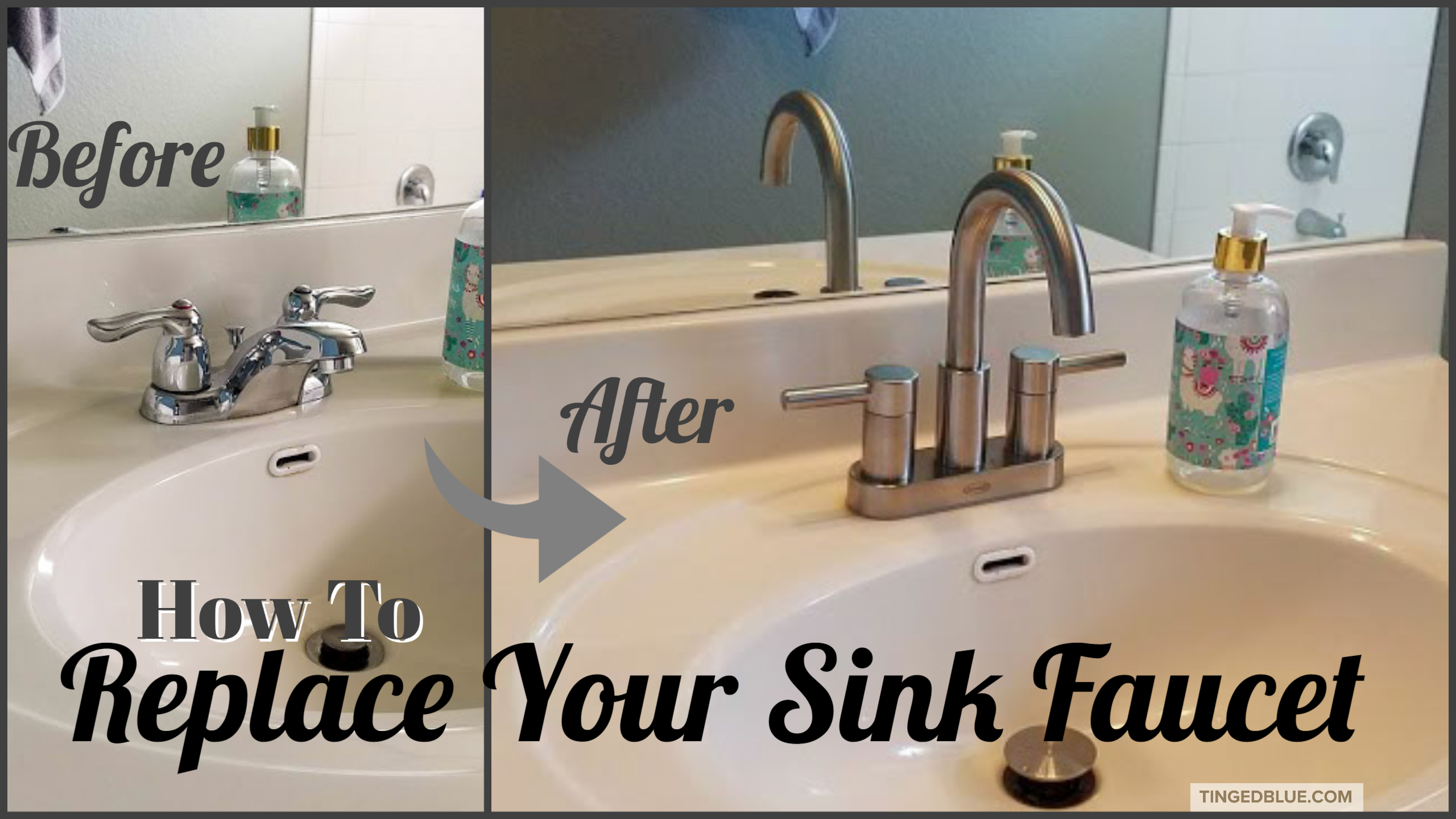






































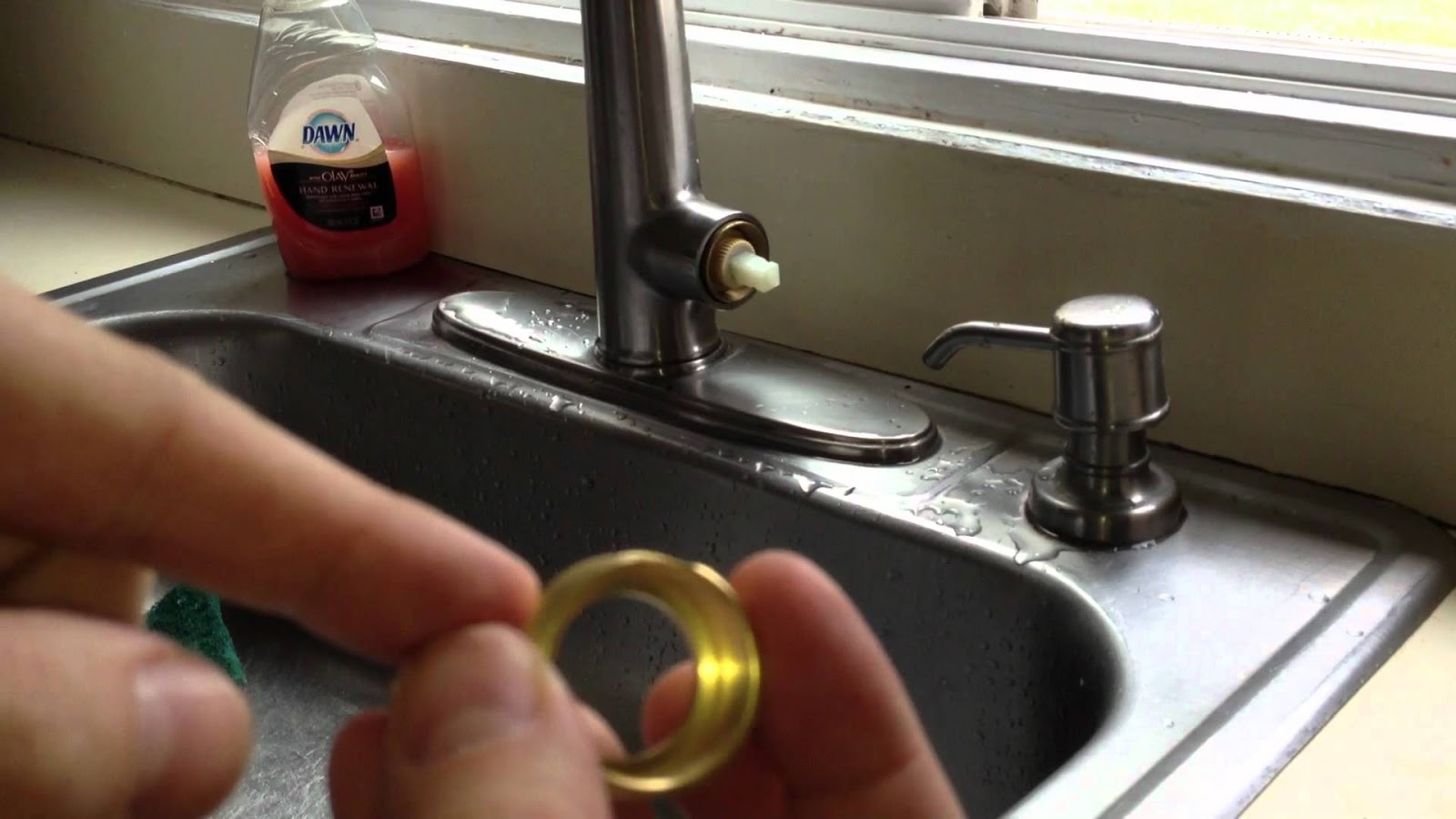





:max_bytes(150000):strip_icc()/173579315-56a4a2a83df78cf772835c77.jpg)






